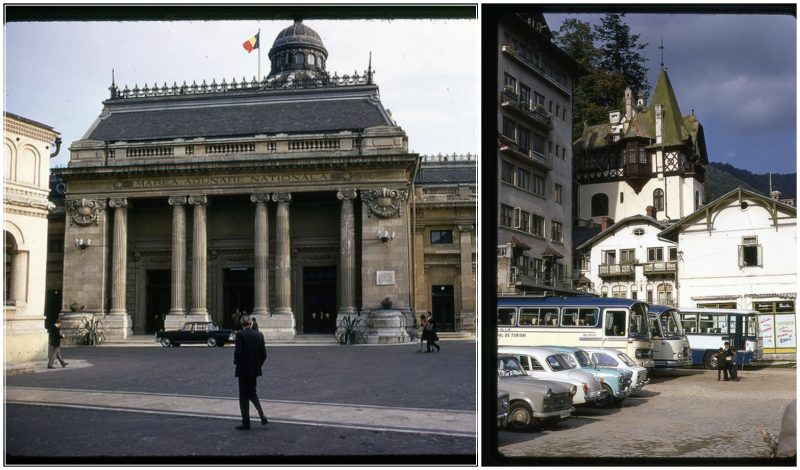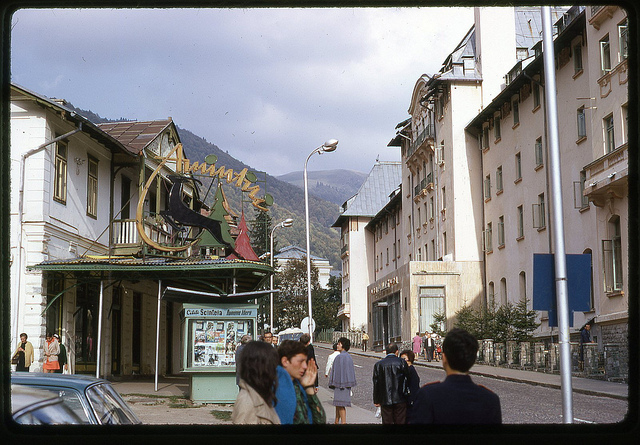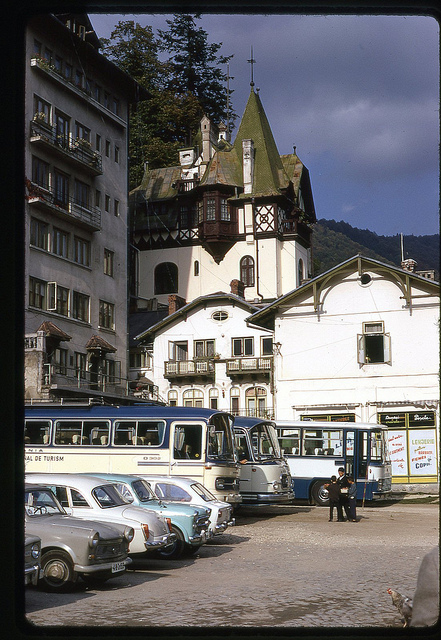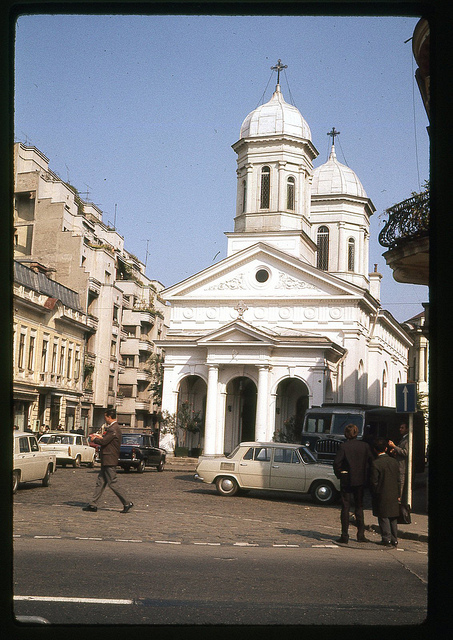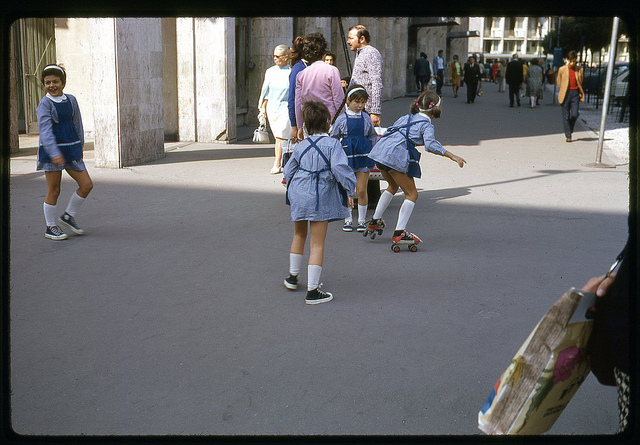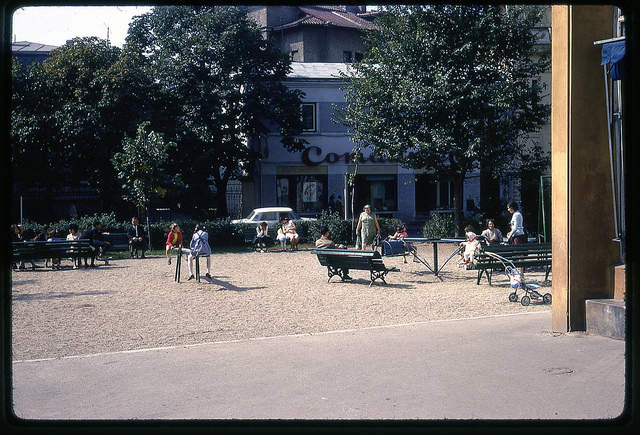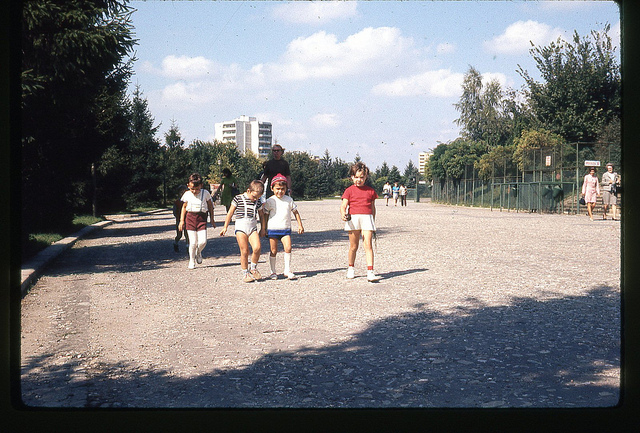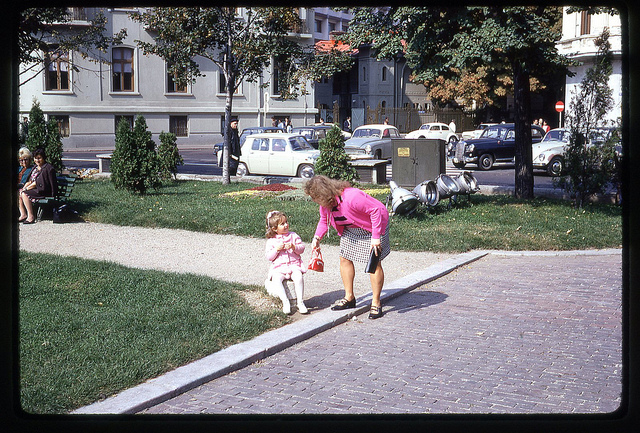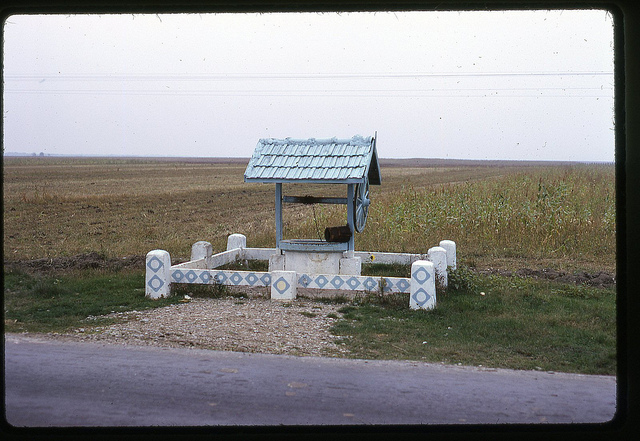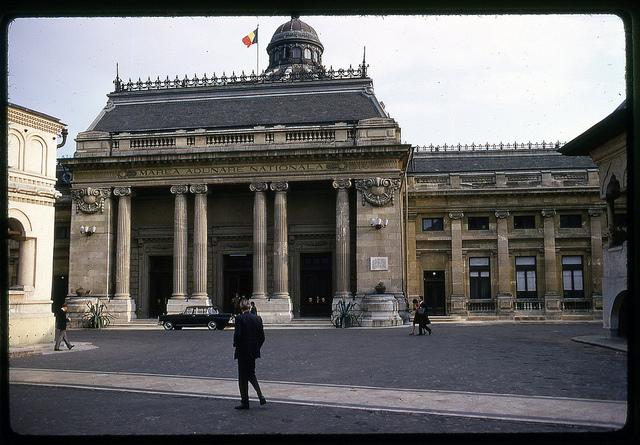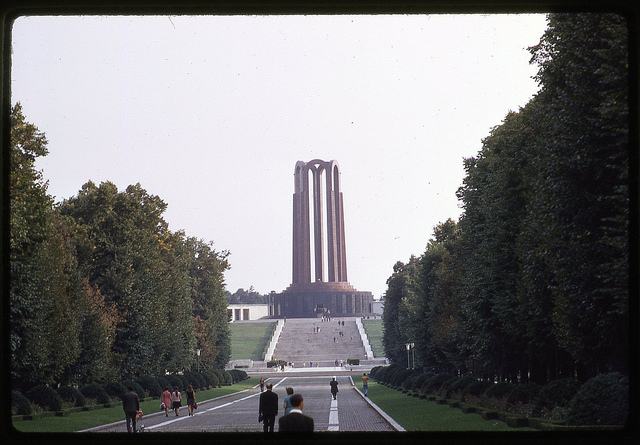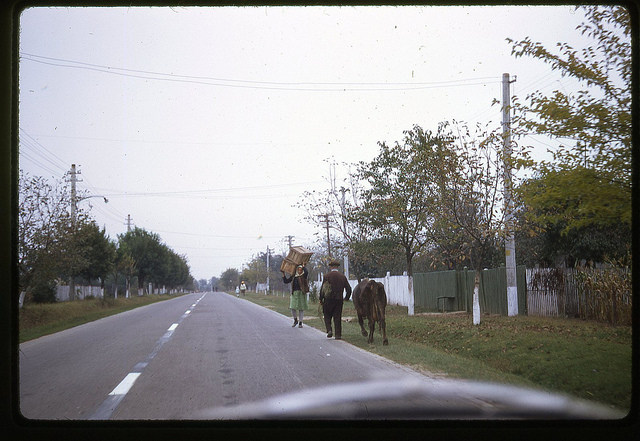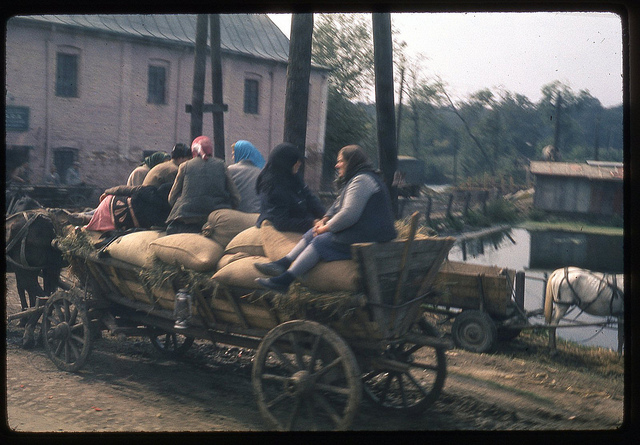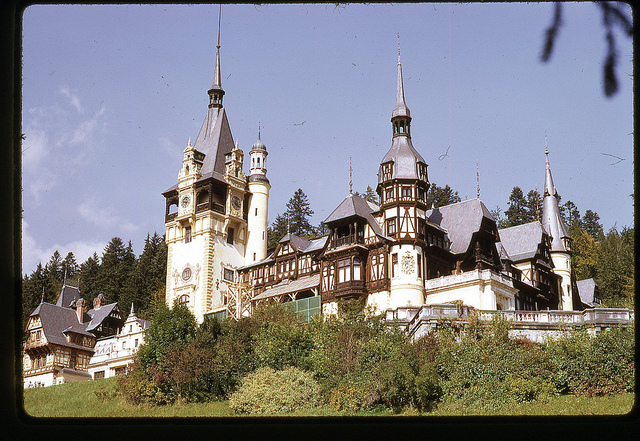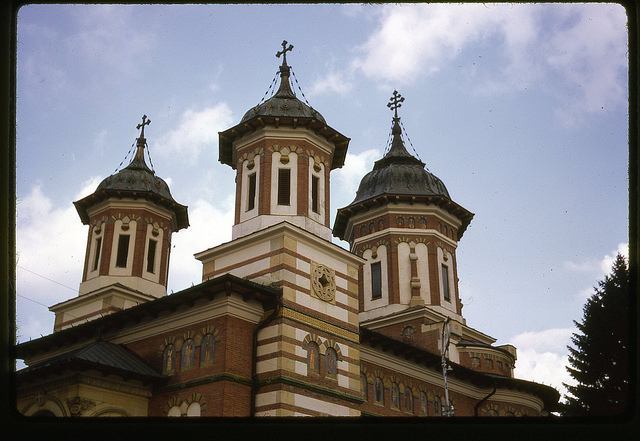In 1947, King Michael I was forced by the Communists to abdicate and leave the country. Romania was proclaimed a republic and remained under direct military and economic control of theUSSR until the late 1950s. During this period, Romania’s resources were drained by the “SovRom” agreements: mixed Soviet-Romanian companies were established to mask the looting of Romania by the Soviet Union.
Soviet occupation following World War II led to the formation of a communist People’s Republic in 1947, and the abdication of King Michael, who went into exile. The leader of Romania from 1948 to his death in 1965 was Gheorghe Gheorghiu-Dej, the First Secretary of the Romanian Workers’ Party, who first sowed the seeds of greater independence from the Soviet Union by persuading Soviet First Secretary Nikita Khrushchev to withdraw troops from Romania in April 1958.
After the negotiated retreat of Soviet troops, Romania, under the new leadership of Nicolae Ceauşescu, started to pursue independent policies, including the condemnation of the Soviet-led 1968 invasion of Czechoslovakia (Romania being the only Warsaw Pact country not to take part in the invasion), the continuation of diplomatic relations with Israel after the Six-Day War of 1967 (again, the only Warsaw Pact country to do so), and the establishment of economic (1963) and diplomatic (1967) relations with the Federal Republic of Germany. Also, close ties with the Arabcountries (and the PLO) allowed Romania to play a key role in the Israel-Egypt and Israel-PLO peace processes by intermediating the visit of Egyptian president Sadat in Israel.
As Romania’s foreign debt sharply increased between 1977 and 1981 (from 3 to 10 billion US dollars), the influence of international financial organisations such as the IMF and the World Bankgrew, conflicting with Nicolae Ceauşescu’s autarchic policies. Ceauşescu eventually initiated a project of total reimbursement of the foreign debt (completed in 1989, shortly before his overthrow). To achieve this goal, he imposed policies that impoverished Romanians and exhausted the Romanian economy. He greatly extended the authority of the police state and imposed a cult of personality. These led to a dramatic decrease in Ceauşescu’s popularity and culminated in his overthrow and execution in the bloody Romanian Revolution of 1989.
Take a look at this beautiful, colorful photo collection of Romania in 1971:
Seduced by Ceauşescu’s “Independent” foreign policy, Western leaders were slow to turn against a regime that, by the late 1970s, had become increasingly arbitrary, capricious and harsh. Rapid economic growth fueled by foreign credits gradually gave way to wrenching austerity and severe political repression, which became increasingly draconian through the 1980s. During the 1947–1962 period, many people were arbitrarily killed or imprisoned for political, economic or unknown reasons: detainees in prisons or camps, deported persons, persons under house arrest, and administrative detainees.
There were hundreds of thousands of abuses, deaths and incidents of torture against a large range of people, from political opponents to ordinary citizens. Between 60,000 and 80,000 political prisoners were detained as psychiatric patients and treated in some of the most sadistic ways by the Securitate (secret security service) “doctors”. It is estimated that, in total, two million people were direct victims of Communist repression in Romania. Tens of thousands of people were killed as part of repression and agricultural collectivization in Communist Romania, primarily under Gheorghiu-Dej.
